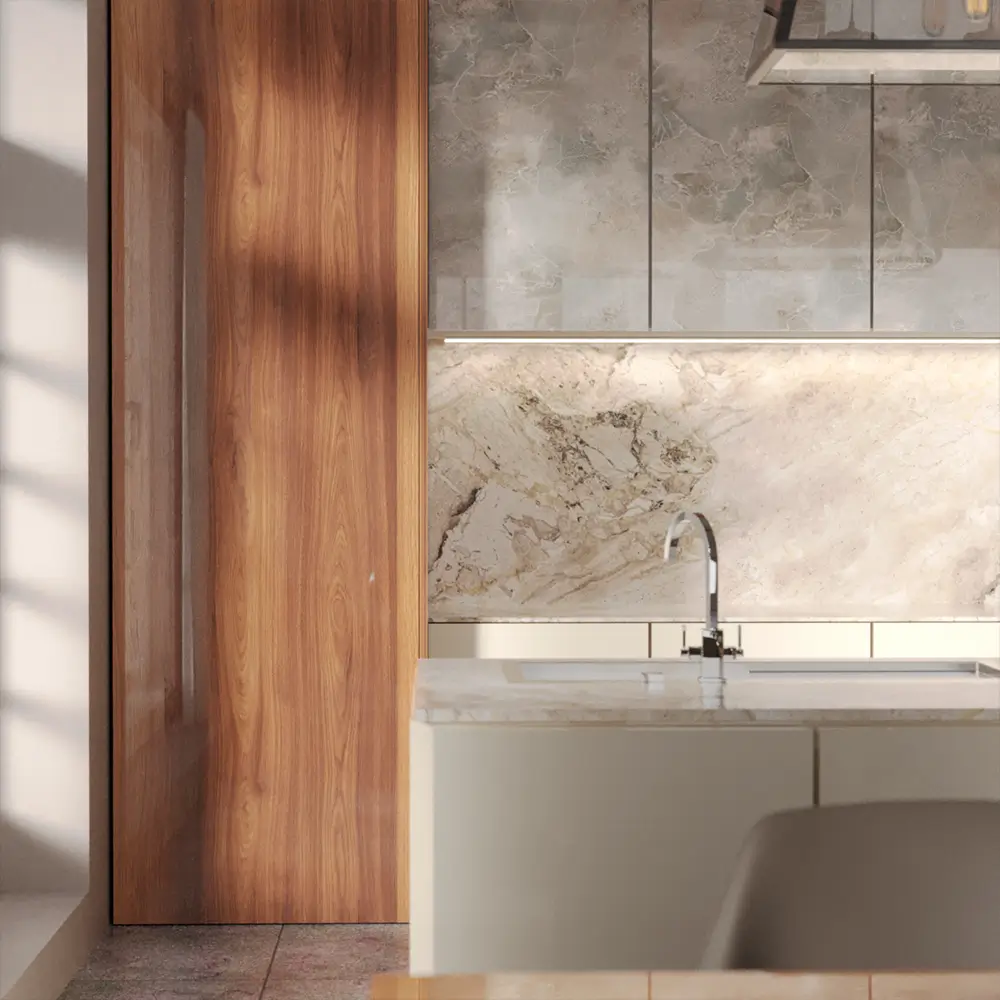
Category
inspiring ideas
inspiring ideas
It has the "spirit of place", reusing the existing to add innovation. If there is no soul in a place, then it cannot be considered a place. As the Victorian thinker John Ruskin said, "We can live without architecture, but we cannot remember without it."
Calling the past into the present
Its etymological origin is palimpsestos, derived from the Latin word palimpsestus, meaning parchment cleaned for reuse, and the Greek words palin meaning again, and psestos meaning properly scraped. Different stories become palimpsests with their experiences. As Walter Benjamin said: "Memory is not only a tool that we use to recall the past, but memory is also a stage on which the past is performed, a performance space where the subject feels that he or she is an audience watching his or her own life story unfold in the course of recollection."
In the design of a city, architecture or interiors, a palimpsest describes new and multi-layered works that incorporate the old. In palimpsest spaces, everything that happens in memory is connected to each other without interrupting each other and creates new meanings. As in an architecture that preserves the old structure as it is and embraces the new without obscuring its historical traces.
Retro lines from the 50s to the 80s
In the spaces designed in the spirit of palimpsest, there is a dialog between different times, rather than disrupting, erasing or changing what has already been done. In living spaces designed with this understanding, change and transformation creates layers and coexists within these layers. Corresponding to an eclectic mix of old and contemporary features, retro refers to the modern lines that began in the 50s and the post-modern lines that emerged in the 80s. Timeless furniture from the 50s, dynamic, abstract and geometric patterns and space-age inspirations from the 60s can coexist at the same time. Named after the Latin word "retro" meaning "backwards", the decoration style focuses on reinterpreting the old with a bolder, more vibrant and up-to-date approach. Geometric patterns in vibrant colors evoking different eras, space-inspired furniture or furniture in unusual forms create new spatial meanings without covering the old, like a palimpsest.
Timeless Luxury: Shabby-chic
Moving between different eras, Shabby Chic interiors evoke a sense of timeless luxury with their faded elegance. Floral patterns and soft colors on aged furniture have a romantic and authentic look. The scratches and nicks that come with heavy use on furniture are never renewed in order to add a sense of age, and it is the haphazard look created by the color palette and the mixing and matching of styles that gives the space its soul and character. Scratches and defects come with their own story.
Raw textures
Layers of color and meaning: Graffiti
Graffiti are actually palimpsests of unique but interrelated visual narratives. By transforming who they were in the past, what they bring to that identity today, or who they hope to be in the future into layers of color and pattern, people build a sense of continuity and thus tell their own stories. Walls colored with graffiti art add meaning, depth and a new dimension to living spaces.
Design Tips
Transparent furniture made of acrylic and lucite materials in neon bursting colors can match vintage or contemporary objects.
When combining pieces from several eras, make sure that everything in the space is connected by a palette of colors and textures. Thus, they share a common visual language even if they belong to different times.
Old carpets and flashy wallpapers can be used together.
In Shabby Chic living spaces, all surfaces should be "old looking".
Natural fabrics such as burlap, linen and cotton make a beautiful transition between chic and vintage.
Choosing pastel pinks and nostalgic accessories with white, cream, mint and earth colors can reinforce the Shabby Chic line.
Walnut table, mahogany sideboard and chairs, rustic oak sofa and armchair
and all wood-based furniture are a must for the palimpsest trend.
Bauhaus School and Today's Understanding of Design
Bauhaus School and Today's Understanding of Design
next


